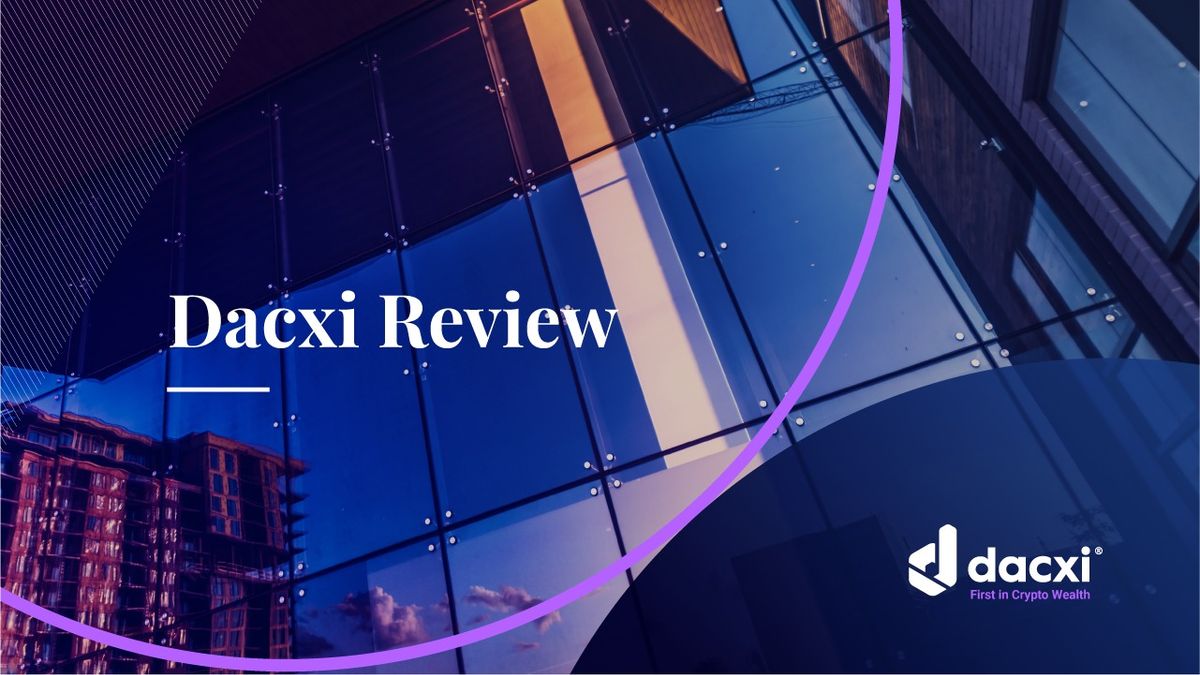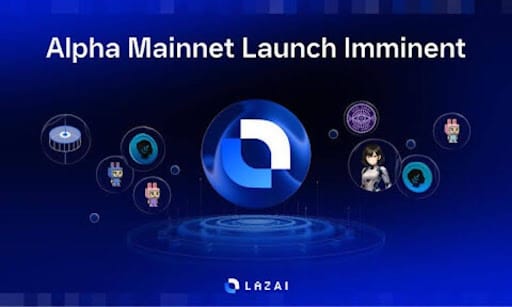Dacxi Review: A guide to cryptocurrency investment security

Here at Dacxi, our mission is to help everyday people grow their long-term wealth by investing in crypto and digital assets (like tokenized gold, platinum and silver) with confidence.
Like any long-term investment, the security of crypto assets is paramount. So the Dacxi team pours a huge amount of energy and resources into making sure our clients’ digital assets are as well-protected as possible.
In this guide, we’ll cover Dacxi’s recommendations on how to maximise your digital investments’ security. So you can feel more confident about investing in this exciting wealth asset class.
Let’s start by taking a look at how assets are stored on the Dacxi Exchange.
Storing assets on the Dacxi Exchange
The Dacxi Exchange is one of the simplest and most user-friendly in the industry. It’s a digital currency and asset exchange, where you can buy and sell cryptocurrencies and other digital assets, such as tokenized precious metals. You might have heard of other exchanges, like Coinbase, Binance, and Bittrex. And there are many others out there as well. These digital exchanges’ clients store their crypto assets in digital ‘wallets’ which are housed on the exchange. This type of wallet is known as a ‘custodial wallet’.
Features of custodial wallets
With a custodial wallet, like those on the Dacxi Exchange, the exchange itself is in control of your private keys.
That means that when you buy cryptocurrency, you’re given the equivalent of an IOU for your purchase. The exchange owns the private keys and holds the cryptocurrency in your designated wallet on your behalf until you decide to sell.
Storing your cryptocurrency on an exchange in this way comes with one major benefit; you don’t need to worry about storing or forgetting your private keys. Forgetting your keys would mean permanently losing your assets. So as far as benefits go, this one’s incredibly appealing.
Instead of being responsible for them yourself, your keys are kept by the exchange. And if you do happen to forget them, the exchange has ways of verifying your identity, and returning access to your investments. We’ve all heard the horror stories of people losing their physical digital wallets, and having to say goodbye to their Bitcoin forever. Keeping your assets on the exchange means that can’t happen.
That said, keeping your funds on an exchange isn’t completely without risk. There’s a chance that hackers might steal access to your personal devices, or discover your exchange password. To combat this risk, all major exchanges – including Dacxi – invest heavily in security. For example, Dacxi has made two-factor authentication (2FA) a compulsory part of the log-in process. 2FA requires two devices be used each time you log-in; usually a computer and a mobile phone. This simple step makes it significantly harder for anyone other than you to gain access to your accounts.
The Dacxi Exchange has also added a second layer of security. A majority of the assets held on the Dacxi Exchange are insured by a world-leading institutional custody service called BITGO. So in the unlikely event that the exchange’s security is compromised, Dacxi clients will be compensated for BITGO-protected assets in full for any theft they might experience as a result of the breach.
If you want to keep your cryptoassets on an exchange, we recommend checking whether they have custodial insurance in place to protect you, first.
Features of non-custodial wallets
The second type of digital wallet is known as a ‘non-custodial’ wallet. Sometimes called a ‘self-custody wallet’, non-custodial wallets give you full control of your private keys – and therefore your cryptocurrency holdings. You remove your digital assets from the exchange where you bought them, and ownership (or ‘custody’ as they say in the financial world) resides entirely with you. That also means that you – and you alone – are responsible for their security.
There are two types of non-custodial wallets. Online ‘hot’ wallets and offline ‘cold’ wallets.
Like a wallet stored on an exchange, a hot wallet is housed on a website that you log onto with a password (and – hopefully – 2FA).
Cold wallets can come in the form of a physical device, like a USB stick, a paper print-out (unsurprisingly called a ‘paper wallet’), or a desktop app that’s not connected to the internet.
Hot and cold wallets each have their own risks.
The most common risk for both is loss of the private keys. It’s easier than you’d think for them to be misplaced, forgotten about, or destroyed.
Whether it’s on paper or a device, a cold wallet is very small and easy to lose. And of course, physical objects are at risk of being stolen, damaged, or even lost in a house fire. So if you choose to go down the cold wallet route, a heavy fireproof safe might be a worthwhile investment.
A hot wallet comes with its own set of risks. Its online connection might make it susceptible to hacking, so using a trusted provider is vital.
Whether you choose a hot or cold wallet, access will be through private keys known only to yourself. This means, if you lose or forget your keys, you also lose access to your cryptocurrency. There’s really no way around it. No keys means no cryptocurrency. No exceptions.
This is why having a backup is so important. You must store your keys somewhere safe, where you can easily locate them whenever you need them. If you’re particularly concerned about your keys’ security, you might want to consider using a cold wallet where some form of 2FA is required. For example, using complementary keys stored on different devices, both on and offline.
Some hardware-based cold wallets offer a ‘recovery phrase’ as an enhanced form of security, just in case you lose or damage your device. These phrases of up to 24 words let you recover your cryptocurrency with the device. They also have the added advantage of being easier to memorize than long strings of alphanumeric characters.
Hacker tricks to watch out for
The two most common forms of attacks used to steal people’s data – including banking details, or crypto exchange passwords – are called ‘social engineering’ and ‘phishing’.
Social engineering. This means tricking people into giving away their login details, or other key info that can be used to prove that you’re you. Once they have an entry point, hackers can then change your passwords and gain access to your funds.
Phishing. This is the hacking term you’re likely to be most familiar with. Phishing is when hackers create a fake version of a website, and trick you into entering your password or privacy keys into it. Phishers clone genuine websites – changing just a letter or a number in the URL, and hoping you won’t spot the difference. They often then send you a link to the website in an email pretending to be from a legitimate individual or business, like your bank.
Once you’re aware of these tactics, avoiding phishing attacks is fairly easy. For a start, never fill out forms directly into an email – especially if they’re asking for your account login details. And if the email link redirects you to a website, always make sure it’s authentic before making any moves.
Security best practice
A custodial wallet on a digital exchange like Dacxi’s offers the best combination of security and simplicity. And if the exchange has added the extra security layer of third-party institutional custody insurance, that’s even better. Then you’ll know you’re insured against any potential loss through cyber attacks.
If you’d rather have full control over your investment, a non-custodial solution might suit you better. You can buy your cryptocurrency or crypto assets on the exchange of your choice, and then transfer the assets to a hot or cold wallet. Just remember that each of those alternatives has its own risks. And if you lose your access codes or cold storage device, your investment is likely to be gone for good.
Further Reviews:
- Dacxi Review On Benzinga
- Dacxi Review on Coinpedia
- Dacxi Review on Investing.com




